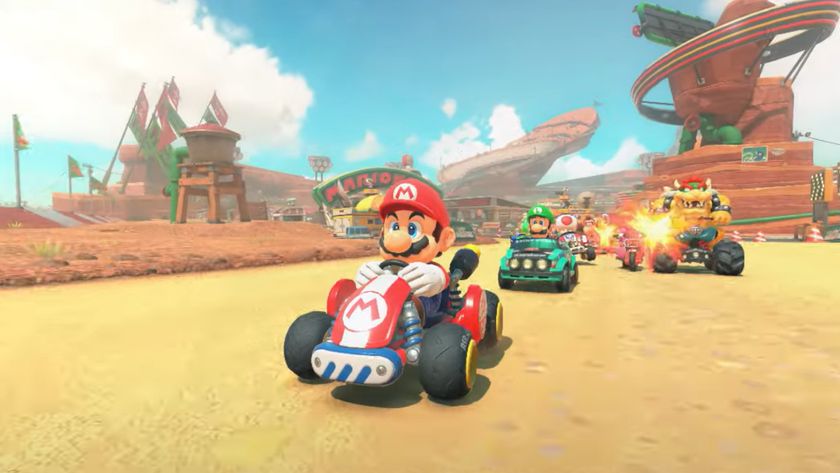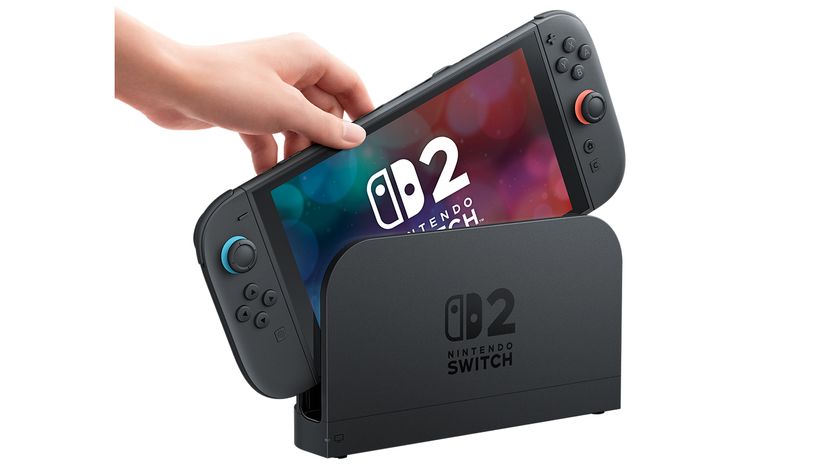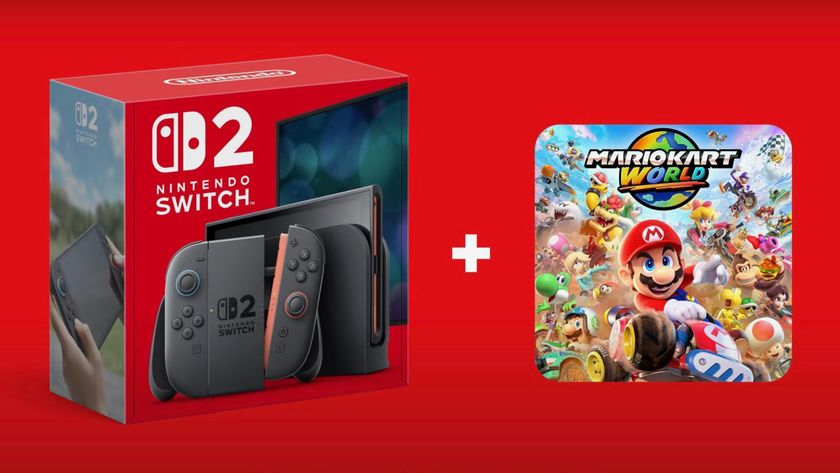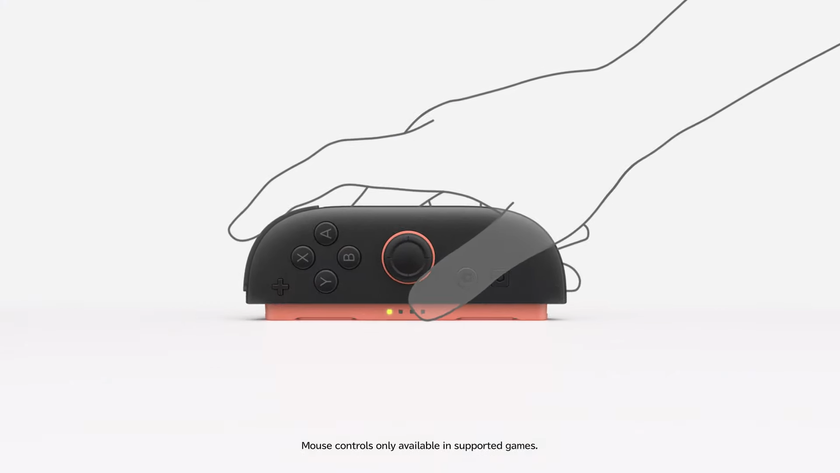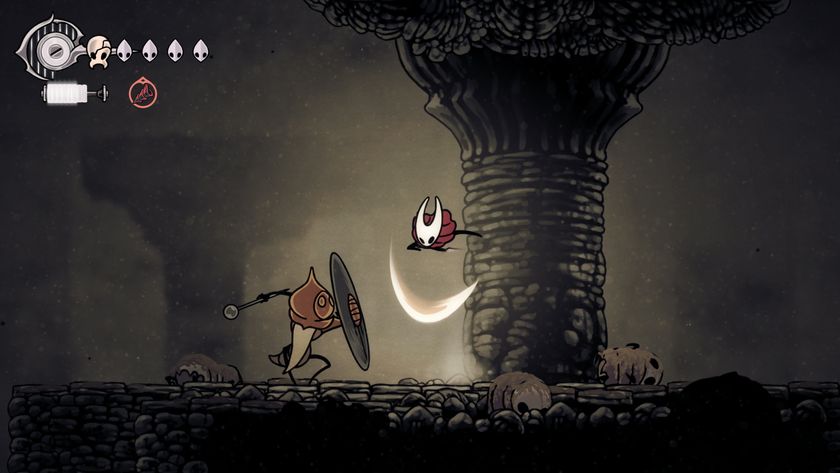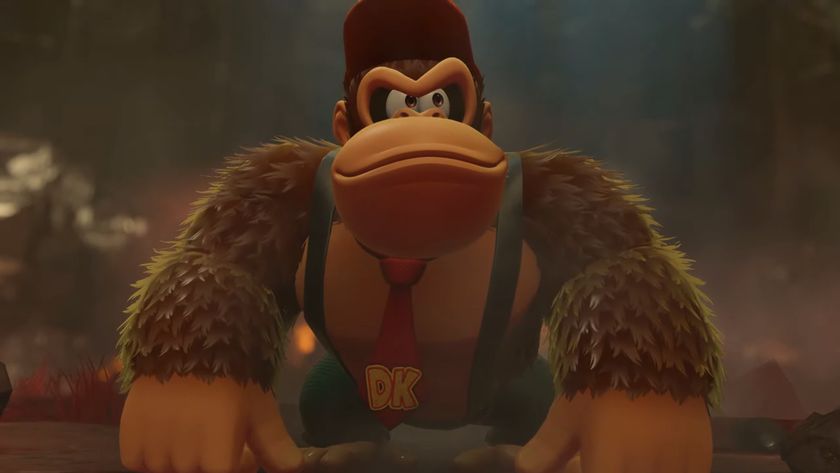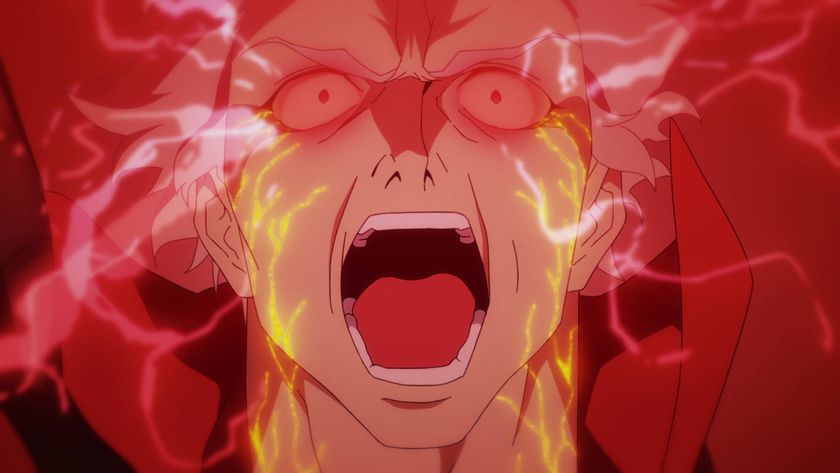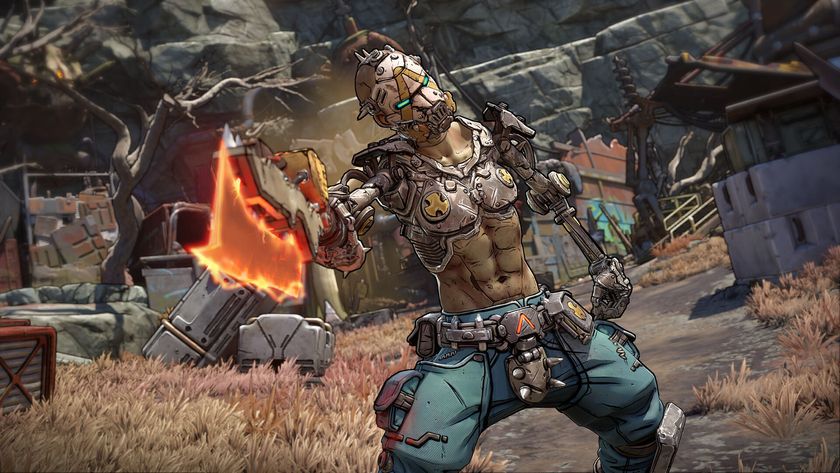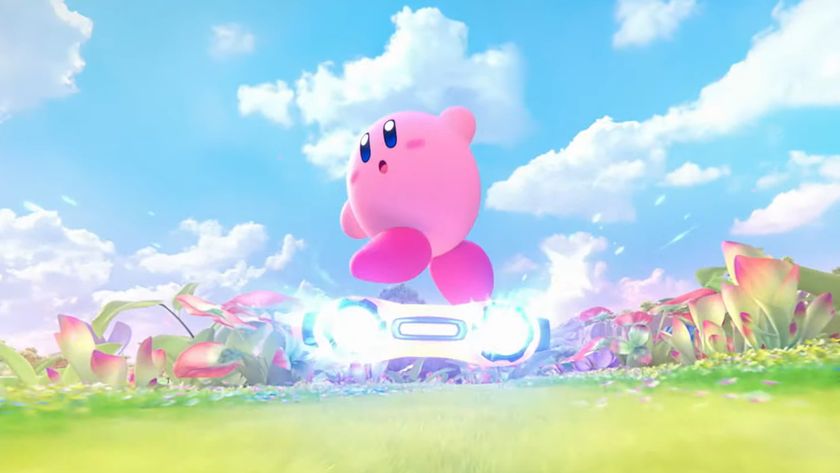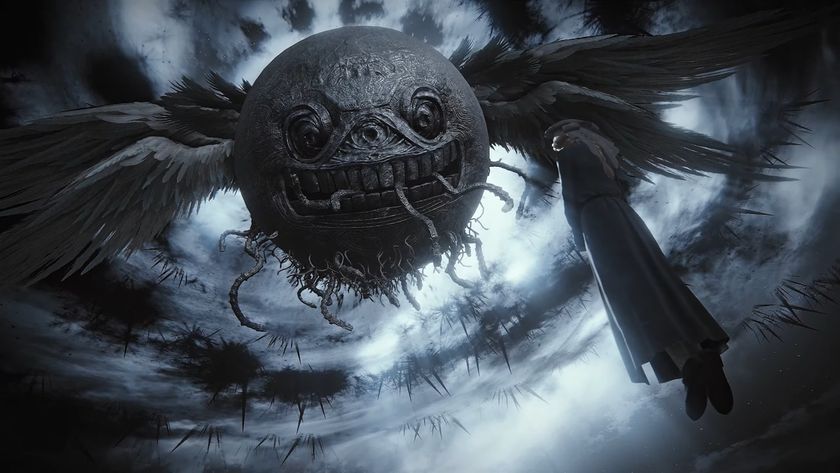Franchise Founders
The biggest games of the biggest names
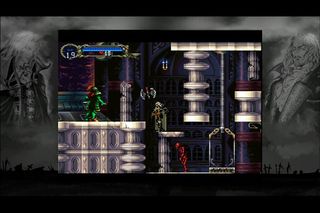
Castlevania: Symphony of the Night(PlayStation - 1997 - 18 games, not counting remakes)
Konami's other hard-hitting franchise. Instead of state-of-the-art visuals and storytelling, this one's bent on keeping traditional 2D games alive. Typical games focused on the Belmont clan's mission to destroy Dracula, but here you played as his son, Alucard, who's grown tired of his father's devious ways.
Why it soared
Oddly enough, it didn't at first. In a time when series after series was moving towards 3D graphics, this throwback 2D entry was practically dumped into the US with little regard for its actual quality. Sales oozed along for a while, until word of mouth got around that Symphony was one of the best games for the PlayStation, 3D or not. The graphics may have been 2D, but PlayStation's superior power was able to push all kinds of visual effects around the screen, including amazing animation, shape-shifting enemies and various transparencies. Dracula's immense castle took Alucard through dripping wet caves, sky-scraping bell towers, haunted libraries and fog-draped balconies, each teeming with hideous monsters and undiscovered weapons. Power-ups gave Alucard special abilities that allowed him access to previously unreachable parts of the castle, so you'd have entire chunks of the map blacked out until you had the proper item needed to advance. Such taunting pressed numerous gamers onward, each obsessed with clawing through every gory boss and hidden passageway until the final showdown with Dracula. A captivating soundtrack thrilled players as well, a musical work often cited as one of the finest in the industry. Simply put - in a time when 3D was just getting on its feet, Symphony of the Night was perfecting the 2D action-adventure genre. If there were a Gaming History 101, this would undoubtedly be in the glossary.
What it did for the franchise
Except for Simon's Quest, the other games in this series were completely straightforward - walk right, whip stuff, beat the boss, go on to the next level. No new weapons, no new armor, nothing that could move you off your linear path. Then came Rondo of Blood, which introduced alternate paths but still ferried you along a fairly simple course. Its direct sequel, Symphony, gave players a massive castle to investigate, with no levels or pre-set path to follow. RPG elements like experience points, customizable weapons and armor, an updating map and even an item shop were at Alucard's disposal, making him the most formidable opponent Drac had ever faced. From this point on, every subsequent game in the series has followed this pattern, usually to critical acclaim and major fan appreciation. The series has reportedly sold around 20 million copies worldwide, and chances are a good chunk of that is all thanks to Symphony's change in gameplay. Fans have come to call it Metroidvania.
Who it inspired
Seeing as Castlevania is almost single-handedly upholding the values of 2D gaming (nods to Odin Sphere though), not many games are copying the brilliant ideas at work here. Still, the now-diluted Mega Man franchise copied a bit here and there for its Zero and ZX branches, and the forgotten Shaman King: Master of Spirits could have been the reason Konami opted to infuse Dawn of Sorrow with an anime look instead of the traditional Kojima paintings. The kiddies were gaga over the show, and the game was a third-rate ripoff, so why not make the real deal appeal to the same audience?
Sign up to the 12DOVE Newsletter
Weekly digests, tales from the communities you love, and more
A fomer Executive Editor at GamesRadar, Brett also contributed content to many other Future gaming publications including Nintendo Power, PC Gamer and Official Xbox Magazine. Brett has worked at Capcom in several senior roles, is an experienced podcaster, and now works as a Senior Manager of Content Communications at PlayStation SIE.

